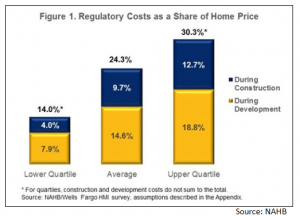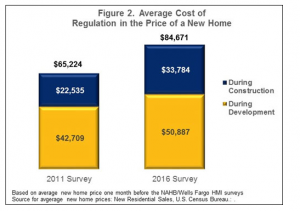From NJ101.5:
Will NJ’s foreclosure mess get cleared in 2017?
Looking at 2016 as a whole, New Jersey performed horribly in the area of foreclosures.
These in-limbo properties can have a drastic effect on the value of your home, and the situation could get even worse in 2017.
According to statistics released Thursday by ATTOM Data Solutions, an online real estate database, New Jersey posted the highest foreclosure rate last year at 1.86 percent. In total, 66,592 properties were in the foreclosure process, from default notices to bank repossessions. More than 27,000 began the process; 19,000 reached the final stage.
But it’s New Jersey’s other worst-in-the-nation statistic that indicates the pain isn’t ending anytime soon, according to ATTOM Senior Vice President Daren Blomquist.
“We do show the state has the biggest backlog of what we call legacy loans that are in foreclosure process that haven’t been dealt with,” Blomquist told New Jersey 101.5. “These are loans that originated back in 2004 to 2008 and are in foreclosure, but have been, for whatever reason, lingering in the foreclosure process, sometimes for years.”
Sixty-four percent of New Jersey’s loans in the foreclosure process originated in the ’04-’08 range, accounting for 32,279 filings.
Properties foreclosed in New Jersey in the fourth quarter of 2016 spent an average of nearly 1,400 days in the entire foreclosure process, according to ATTOM. That lengthy timeline is second only to Utah.According to Blomquist, New Jersey’s top foreclosure rate is the product of a “perfect storm of poor market conditions,” including economic issues in Atlantic City and foreclosures lingering from the effects of 2012’s Superstorm Sandy.


